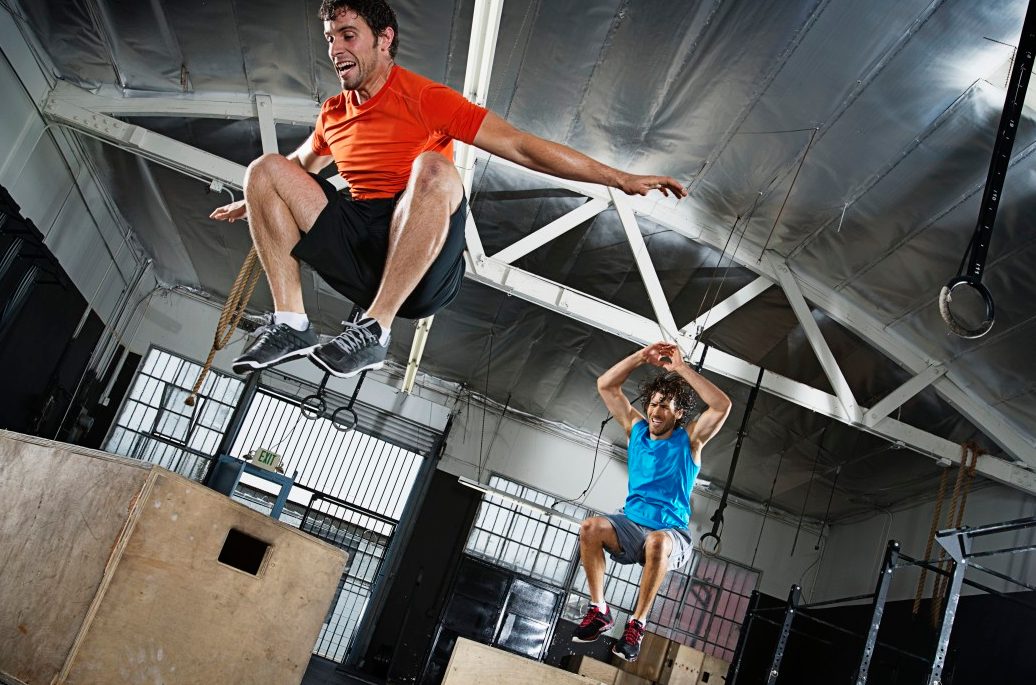Strengthen Your Core to Support Your Body

A strong core can help you avoid painful injuries, increase your endurance, and improve your balance. Here's what you can do to strengthen your core.
Whether you’re an athlete trying to gain an edge or someone who just wants to get or stay in shape and feel good physically, core exercises are essential.
If you exercise regularly, you probably know that strengthening your core is a topic coaches, exercise class instructors, and your in-shape friends talk about. There’s a good reason why. Core muscles support your spine and, when they’re strong, improve your balance.
YOU MIGHT ALSO LIKE: Understanding Chronic Pain
What are core muscles?
The muscles in your back, buttocks, sides, and pelvis are known as your core muscles.
Your front and lower “abs” include the rectus abdominis and transversus abdominis muscles, along with the external and internal oblique muscles. Your oblique muscles sit layered on top of each other in your sides and the front of your abdomen.
Your core muscles also include the large muscles (erector spinae) on either side of your spinal column and the muscles surrounding your shoulder blades.
"These muscles provide stability to your trunk. They keep your bones aligned properly so that there are no abnormal stresses on your joints," explains geriatric physical therapy specialist Kelly Macauley, a clinical instructor with Harvard-affiliated Massachusetts General Hospital Institute of Health Professions. “It is true in almost all cases that strong muscles help to reduce back pain.”
About 40 percent of American adults have chronic back pain that can interfere with their daily lives, according to the Centers for Disease Control and Prevention.
Strengthening your core will also improve your posture, making you look taller and thinner, and can improve your athletic performance and balance. A strong core makes everyday movement and daily tasks easier and safer.
How to strengthen your core muscles
You have many exercise options to strengthen your core muscles.
Some people are fans of the BOSU balance trainer (also called a BOSU ball), a device consisting of a dome-shaped inflated top attached to a rigid base. You can use it with the dome side up or down to perform a variety of exercises (including sit-ups with your feet on the BOSU or push-ups holding onto the rim around the device). Because a BOSU is highly unstable in many positions, it engages the user’s core muscles.
Researchers have not found that using the device is much, if any, better for strengthening your core than some old-fashioned exercises — including riding your bicycle (or a stationary bike), swimming, and doing sit-ups.
Pilates and yoga are also proven exercise techniques that can strengthen core muscle groups. The National Spine Health Foundation offers information on specific yoga poses and other exercises to build core muscle strength and help relieve back pain.
You will notice changes quickly
If you’re new to these activities, don’t be surprised if you wake up the day after a workout with aches in your lower belly, as well as your lower and upper back. Those are your core muscles waving hello and thanking you for spending some time strengthening them.
Other ways to strengthen core muscles include swimming, cycling, specific exercises like sit-ups, or any number of plyometrics, which also is known as "jump training." These are exercises that focus on specific muscles that have maximum force exerted on them in sort time intervals. (See the video below.)
"Think of your favorite athlete in your favorite sport and what do you see?” says New Jersey personal trainer Kelly Baggett, whose plyometric workout was picked as the best by Bodybuilding.com.
“Most likely you see smooth, quick, efficient, supple and effortless movements coupled with extreme and lightning-fast displays of power. The movement efficiency of a cat coupled with the explosiveness of a bolt of lightning.”
You may not need to move like a lightning-fast cat, but whether you’re carrying your groceries into the house or raking leaves, you’ll feel more balanced and exert less energy.
There’s another advantage you wouldn’t expect. With a healthy core, you’re protecting vital organs, veins, arteries, and the spinal cord, which connects your nerves to the brain. It’s simple: When your core muscle system is strong, it forms a strong shield around some of the most vulnerable parts of your innards.
A strong and tight core even helps you breath better. The list of benefits can go on because your body core is connected to so many other parts of your body and so many other functions.
YOU MIGHT ALSO LIKE: 7 Simple Fixes for Back Pain
Updated:
December 15, 2022
Reviewed By:
Janet O’Dell, RN